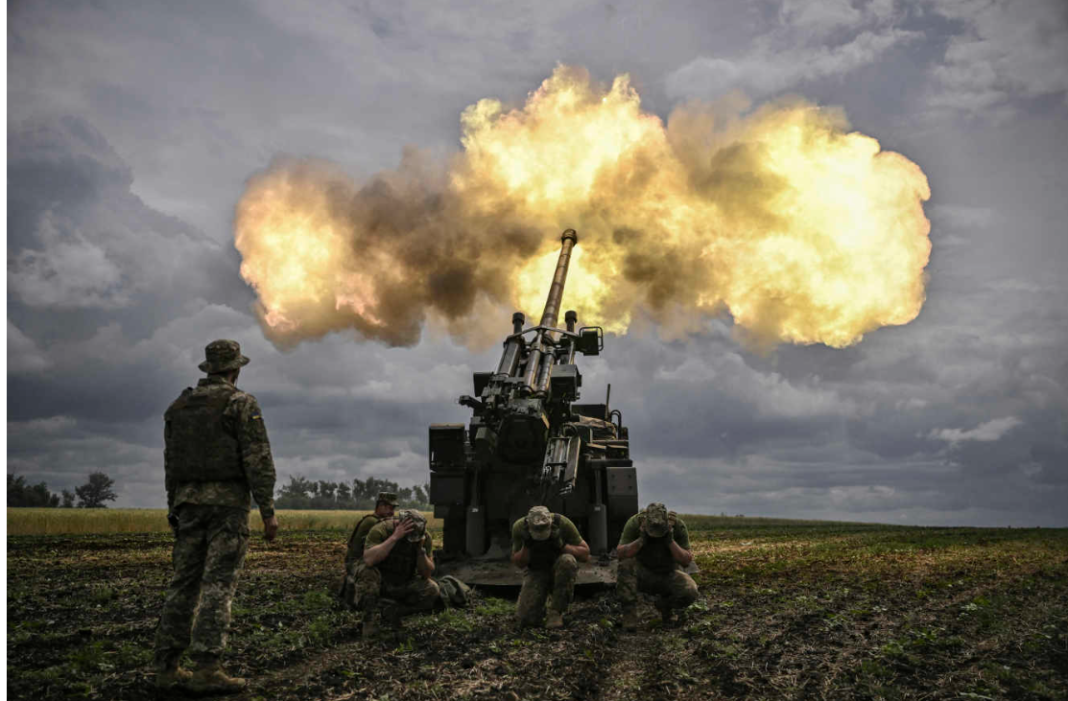There is a sense of urgency in Nato. Jens Stoltenberg, the strait-laced Norwegian secretary-general of Nato is famous for his ability to stick rigidly to talking points. So when he warned this week that the west’s “under strain” defence sector had “a problem”, he meant it reports the FT.
Russia’s war against Ukraine is almost a year old. Tens of thousands have been killed. Western governments have provided more than $110bn worth of support to Kyiv, according to the Kiel Institute, with $38bn in the form of weapons.
“But in many capitals, defence ministers are being informed by their generals that there is precious little left to give. Warehouses and dumps are bare. Denmark has given Ukraine every single one of its Caesar howitzers,” says the FT’s Henry Foy.
Estonia has no more 155mm artillery guns left. As such, the conversations between western defence ministers who met at Nato’s headquarters this week and who will congregate at the Munich Security Conference this weekend are littered with furrowed brows and anxious looks: how long can we sustain this level of support, and with what?
Looming over them is Russia’s spring offensive, which Stoltenberg said had already begun. It is expected to involve a mass wave of newly mobilised troops, a level of air power not yet deployed by Moscow, and the daily firing of as many artillery shells as Europe manufacturers in a month.
“It is worrying what is coming,” admitted Kajsa Ollongren, the Netherlands’ defence minister. She described “a sense of urgency” among her fellow Nato ministers this week. “It is a critical moment because of what we see happening on the ground and what we expect to be happening in the next few months.
“Also, thinking a little bit ahead, a serious scenario is of course that this war will drag on for a long time,” she added. Europe responded to Russian president Vladimir Putin’s invasion with initial disbelief.


